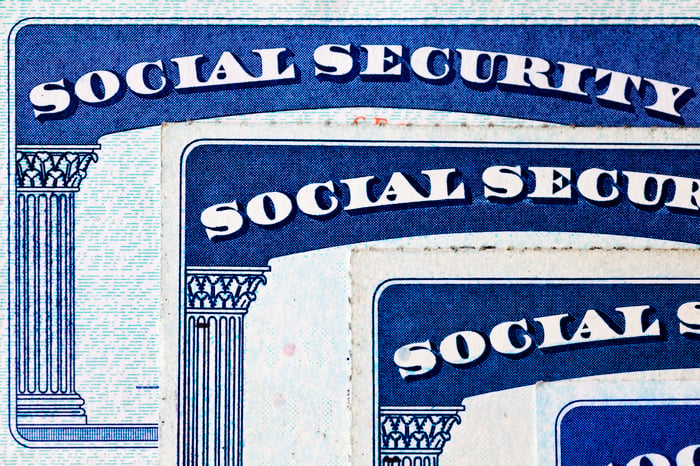Social Security's Latest 2026 COLA Estimate Is 2.7%, but That Doesn't Tell the Whole Story

Key Points
The Social Security Administration will announce next year's cost-of-living adjustment (COLA) on Oct. 15.
Based on recent inflation data, that COLA is estimated at 2.7%.
If the cost of Medicare Part B rises, it could leave Social Security recipients with a lot less money.
There's a reason Social Security benefits are eligible for an automatic cost-of-living adjustment (COLA) every year. Without those boosts, Social Security benefits would easily fall behind inflation, leaving millions of seniors in the lurch. Instead, each October, the Social Security Administration (SSA) makes a COLA announcement once September's inflation readings become available.
Social Security COLAs are based on changes in the Consumer Price Index for Urban Wage Earners and Clerical Workers (CPI-W) during the months of July, August, and September specifically. This year, September's CPI-W is expected to get announced on Oct. 15, after which the SSA can share an official 2026 COLA.
Where to invest $1,000 right now? Our analyst team just revealed what they believe are the 10 best stocks to buy right now. Learn More »

Image source: Getty Images.
If you're a Social Security recipient, you don't necessarily need to wait until mid-October to be clued in as to what's happening with next year's COLA, though. There's already an estimate out there from the non-partisan Senior Citizens League based on inflation readings to date.
That estimate is a 2.7% raise for 2026, which would top the 2.5% COLA Social Security benefits got in 2025. But even if that 2.7% projection ends up being accurate, there's a big missing piece of the puzzle.
Medicare premium hikes could eat into next year's COLA
Not all seniors who collect Social Security are on Medicare. In fact, Medicare eligibility generally does not begin until age 65, and many people claim Social Security early at 62.
But for those who are on Medicare and Social Security at the same time, Part B premiums are paid out of their monthly benefits directly. What that means, though, is if there's a huge jump in the cost of Medicare Part B in 2026, it could whittle down next year's COLA and leave seniors with a lot less money.
In 2025, the cost of Medicare Part B's standard monthly premium rose from $174.70 to $185. If there's a similar Part B increase in 2026, it could seriously erode a 2.7% COLA, leaving seniors with a much smaller raise than what they want.
We'll need to wait and see
Not only is it too soon to know how much Medicare Part B will increase in the new year, but it's also too soon to get too comfortable with that 2.7% COLA projection. If inflation ticks upward in September, it could result in a larger COLA for seniors.
But all told, Social Security recipients should not expect a whole lot more buying power out of their COLA in 2026. So if you've been struggling to make ends meet on Social Security, you may want to take matters in your own hands by rethinking your spending or boosting your retirement income with a part-time job.
You could also look at relocating to a part of the country where living costs are cheaper on a whole, since Social Security will pay you the same monthly benefit regardless of the state you call home. It's a much more sound option than hanging your hopes on a Social Security COLA that may not be as generous or effective as you want it to be.
The $23,760 Social Security bonus most retirees completely overlook
If you're like most Americans, you're a few years (or more) behind on your retirement savings. But a handful of little-known "Social Security secrets" could help ensure a boost in your retirement income.
One easy trick could pay you as much as $23,760 more... each year! Once you learn how to maximize your Social Security benefits, we think you could retire confidently with the peace of mind we're all after. Join Stock Advisor to learn more about these strategies.
View the "Social Security secrets" »
The Motley Fool has a disclosure policy.







